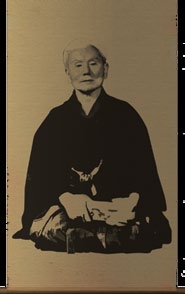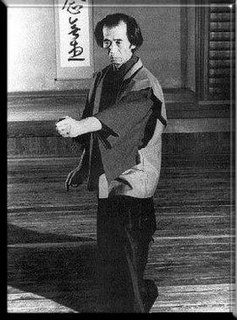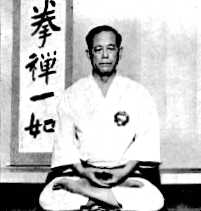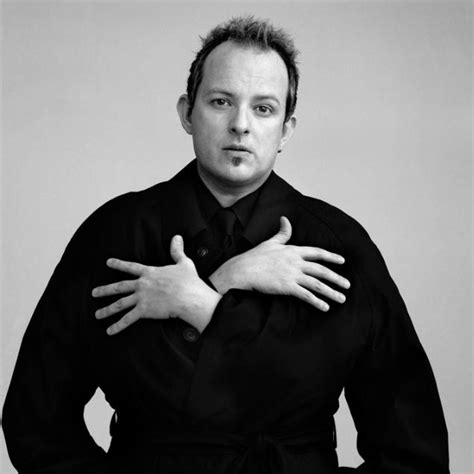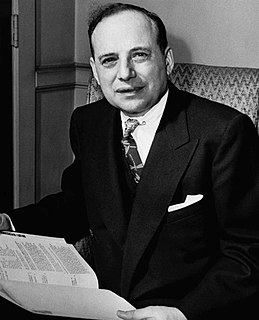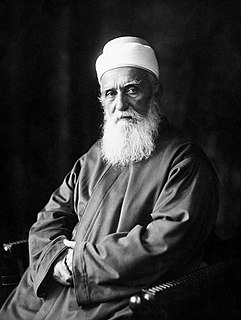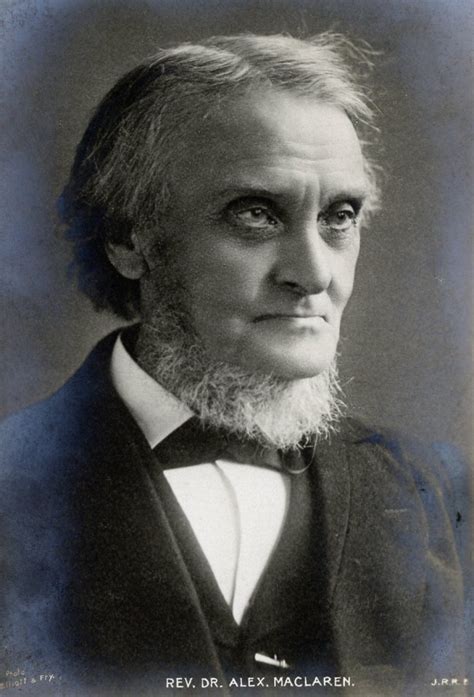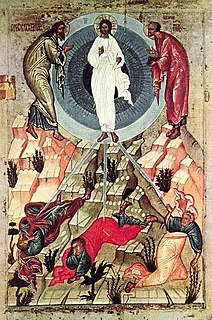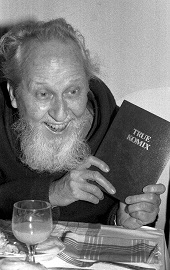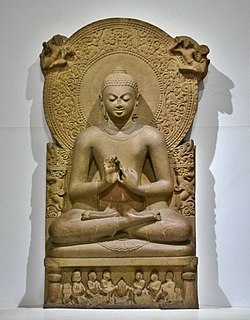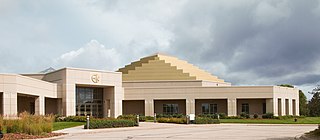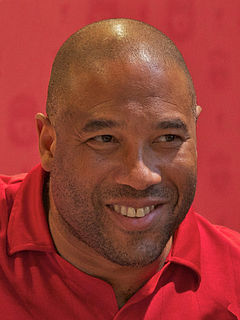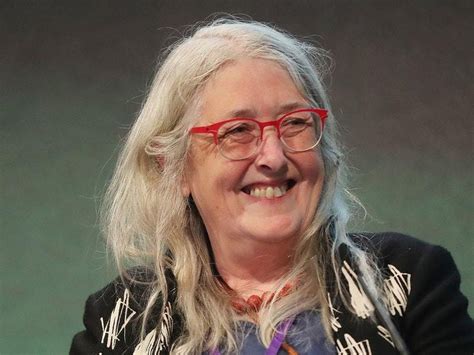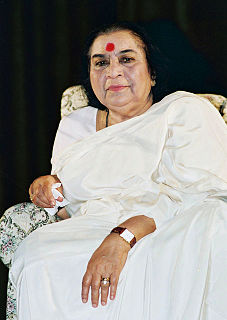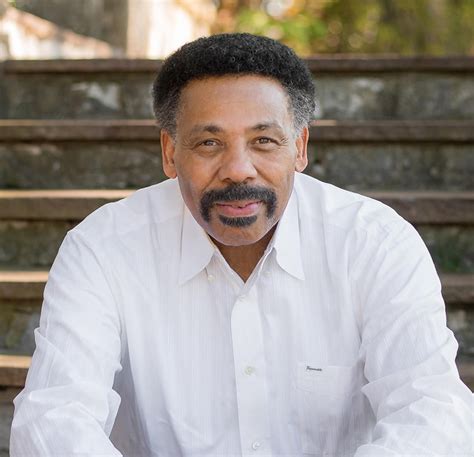A Quote by Kenwa Mabuni
The meaning of the directions in kata is not well understood, and frequently mistakes are made in the interpretation of kata movements. In extreme cases, it is sometimes heard that "this kata moves in 8 directions so it is designed for fighting 8 opponents" or some such nonsense.
Related Quotes
There is no place in contemporary Karate-do for different schools. Some instructors, I know, claim to have invented new and unusual kata, and so they arrogate to themselves the right to be called founders of "schools". Indeed, I have heard myself and my colleagues referred to as the Shoto-kan school, but I strongly object to this attempt at classification. My belief is that all these "schools" should be amalgamated into one so that Karate-do may pursue and orderly and useful progress into man's future.
What frustrated me was the thought that with three thousand years of history someone in China, some monk in a monastery halfway up a mountain, must have developed a magic kata, a physical expression of formae. Or at least have got close enough to explain all those legendary swordsmen and their inexplicable desire to roost on the tops of bamboo trees.
A student well versed in even one technique will naturally see corresponding points in other techniques. A upper level punch, a lower punch, a front punch and a reverse punch are all essentially the same. Looking over thirty-odd kata, he should be able to see that they are essentially variations on just a handful.


